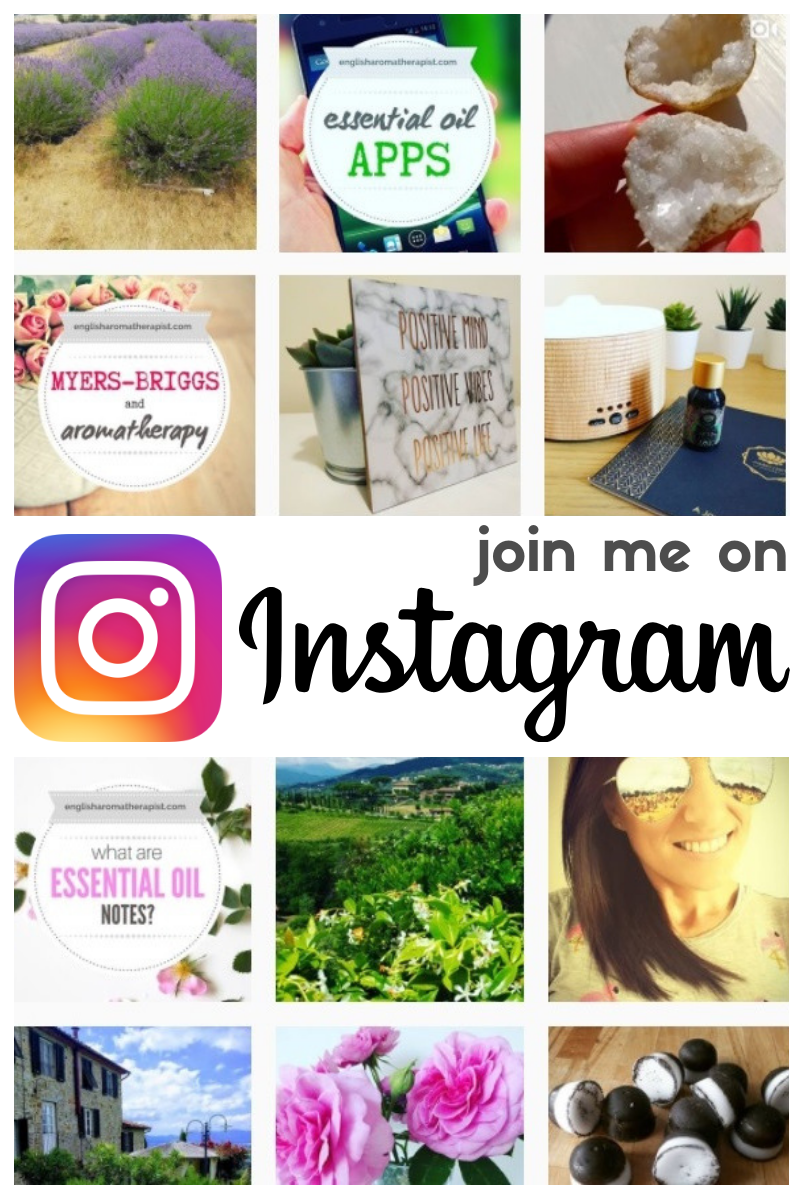The truth about drinking essential oils in water

One of the many nuggets of unsafe aromatherapy advice propagated online is the so-called “magic healing effect” of drinking essential oils in water. This trick is purported to provide relief from just about every ailment from headaches to allergies. Social media sites are chock-full of pretty memes advocating ingesting essential oils in this way – a practice that is potentially very harmful, and certainly not recommended by most certified aromatherapists!
Think about who is proffering this advice – a qualified doctor, or a sales-oriented essential oil distributor? One doesn’t need to be cynical to realise that the majority of this essential oil “advice” is based around earning as much commission as possible. True, this applies to most consumer products – but when it comes to our health, we really need our decisions to be based on fact rather than fiction. Drinking essential oils in water is a sure-fire way of getting through those bottles a lot faster – so more orders are placed, and more money is made. Remember, the ones giving this advice have $$$ in their eyes!
The truth is that ingesting essential oils is a very risky practice that is best avoided, unless under the specific guidance of a certified aromatherapist. It is true that, in exceptional circumstances, consuming essential oils can have a positive effect on gut flora. However, this is not something that should be considered lightly. A certified aromatherapist would only advocate this method after taking into account your personal medical history, contra-indications, age, lifestyle and individual circumstances. Even then, ingestion would be carefully controlled and limited to a short period of time – never just casually added to drinks on a daily basis.
“But I’m using pure therapeutic grade oils!”
A common misconception stems from the way some brands choose to market their essential oils as “therapeutic grade”. In reality, there is no industry standard when it comes to essential oil quality. Clearly, some essential oils are of a higher quality than others. But terms such as “certified therapeutic grade” or “pure therapeutic grade” are simply marketing terms – as eloquently explained by Dr Robert Pappas, of the Essential Oil University:
“There seems to be a misconception that there is some kind of independent body that certifies oils as therapeutic grade, but to this date there is no such body, at least not one that is widely recognized. Does this mean there is no such thing as therapeutic grade? No, but just realize that any therapeutic grade standard out there right now is an internally derived company standard. Now this standard may be an overall great standard and perfectly acceptable to me or any other analyst or aromatherapist out there but it just needs to be noted that its not an independent standard.”[sic]
Dr Robert Pappas, Essential Oil University
Consumers are drawn towards some of the MLM brands on the assumption that their high prices = high quality. In reality, the extortionate prices are paying for the multiple layers of sales commission involved in each sale. You can read more about why I don’t use MLM brands here.
To give you an idea, one of the MLM pre-mixed essential oil blends is priced at £73.81 for just 5ml – that’s one teaspoon’s worth of oil! (USA equivalent: $85.20 for 0.17 fl oz)*. This works out at £14.76 per ml – which is, gram for gram, over five times more expensive than the famously extravagant Crème De La Mer moisturiser.
A 5ml bottle of MLM-branded rose essential oil will cost you over £203 to buy – that’s the equivalent of £40.65 per ml (USA equivalent: $244 for 0.17 fl oz). Gram for gram, this is more expensive than GOLD!*
Of course, pure essential oils are not cheap. But are MLM essential oils of supreme quality, or just supremely priced…?
“But Essential Oils Are Natural…!”
Something that is “natural” is not necessarily harmless. The forest is full of poisonous berries and mushrooms that you would not dream of putting in your mouth. Essential oils are comprised of a complex blend of constituents that need to be respected in the same way as any other chemical. Like any drug, internal consumption of essential oils over a long period of time can be extremely damaging to the internal organs.
“But It’s Only One Drop…!”
Essential oils are extremely concentrated. While it’s easy to dismiss “just one drop” as harmless, this one drop may be vastly more potent than it appears – after all, one drop of peppermint oil is the equivalent of around 27 cups of peppermint tea!
“But It’s Diluted In Water…!”
Everyone knows that oil and water will not mix – it’s basic chemistry 101. It doesn’t take a genius to work out that drops of essential oil will not disperse in a glass of water. The oil will rest on top of the liquid in a separate layer. When you drink the glass of water, you are essentially swallowing neat essential oil – not oil that is diluted in water. As this layer of pure essential oil comes into contact with the mouth and throat, this can cause irritation, blisters, burns, vomiting or even heart palpitations. Regularly ingesting undiluted essential oils can also cause sensitisation and allergic reactions in the long-term.
“But I Thought Essential Oils Were Safe…?”
Despite these warnings, there is no need to be discouraged from using essential oils entirely. When used correctly, they can be a wonderful way to boost your physical and mental wellbeing. Just remember to abide by the safety advice as recommended by certified aromatherapists, and never believe everything you read online when it comes to essential oils.
To find out more, download The Little Book of Aromatherapy for trustworthy advice.
*All prices correct according to March 2016 data
What to read next: Why are Essential Oils Everywhere Now?
Follow me on...
Share this on...
